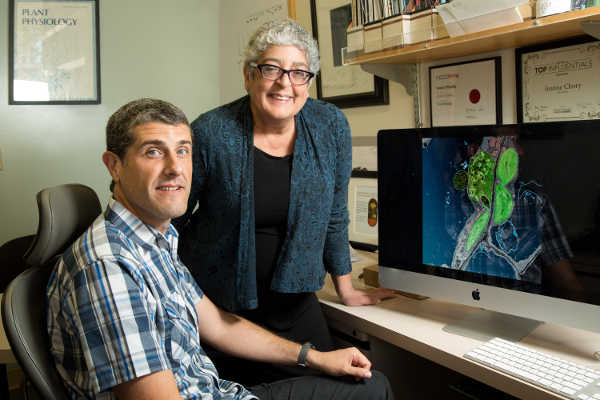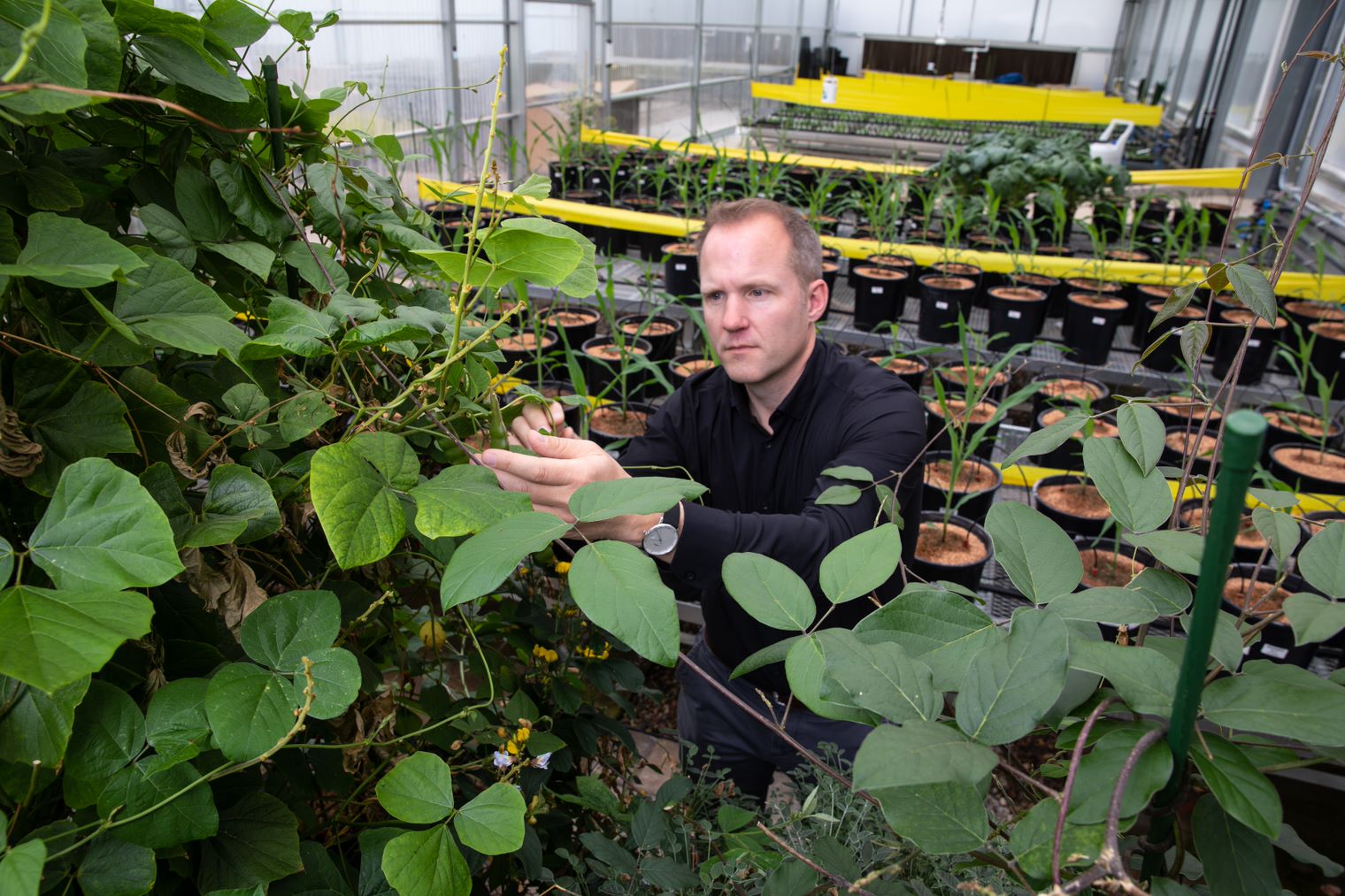As food demands rise to unprecedented levels, farmers are in a race against time to grow plants that can withstand environmental challenges–infestation, climate change and more. Now, new research at the Salk Institute, published in Science, reveals details into a fundamental mechanism of how plants manage their energy intake, which could potentially be harnessed to improve yield.
Plants are unique in that they are stuck wherever they germinate, so they must use a variety of ways to deal with environmental challenges,” says Joanne Chory, senior author of the paper and director of Salk’s Plant Molecular and Cellular Biology Laboratory. “Understanding the techniques plants use to cope with stress can help us to engineer stronger crops with improved yield to face our growing food shortage.”
Plants have cellular organelles akin to tiny solar panels in each leaf. These microscopic structures, called chloroplasts, convert sunlight into chemical energy to enable the plant to grow. The command center of the cell, the nucleus, occasionally sends out signals to destroy all of the 50-100 chloroplasts in the cell, such as in autumn when leaves turn brown and drop off. However, the Salk team found how the plant nucleus begins to degrade and reuse the materials of select, malfunctioning chloroplasts–a mechanism that had been suspected but never shown until now.
More information is available here: http://www.salk.edu/news/pressrelease_details.php?press_id=2123












